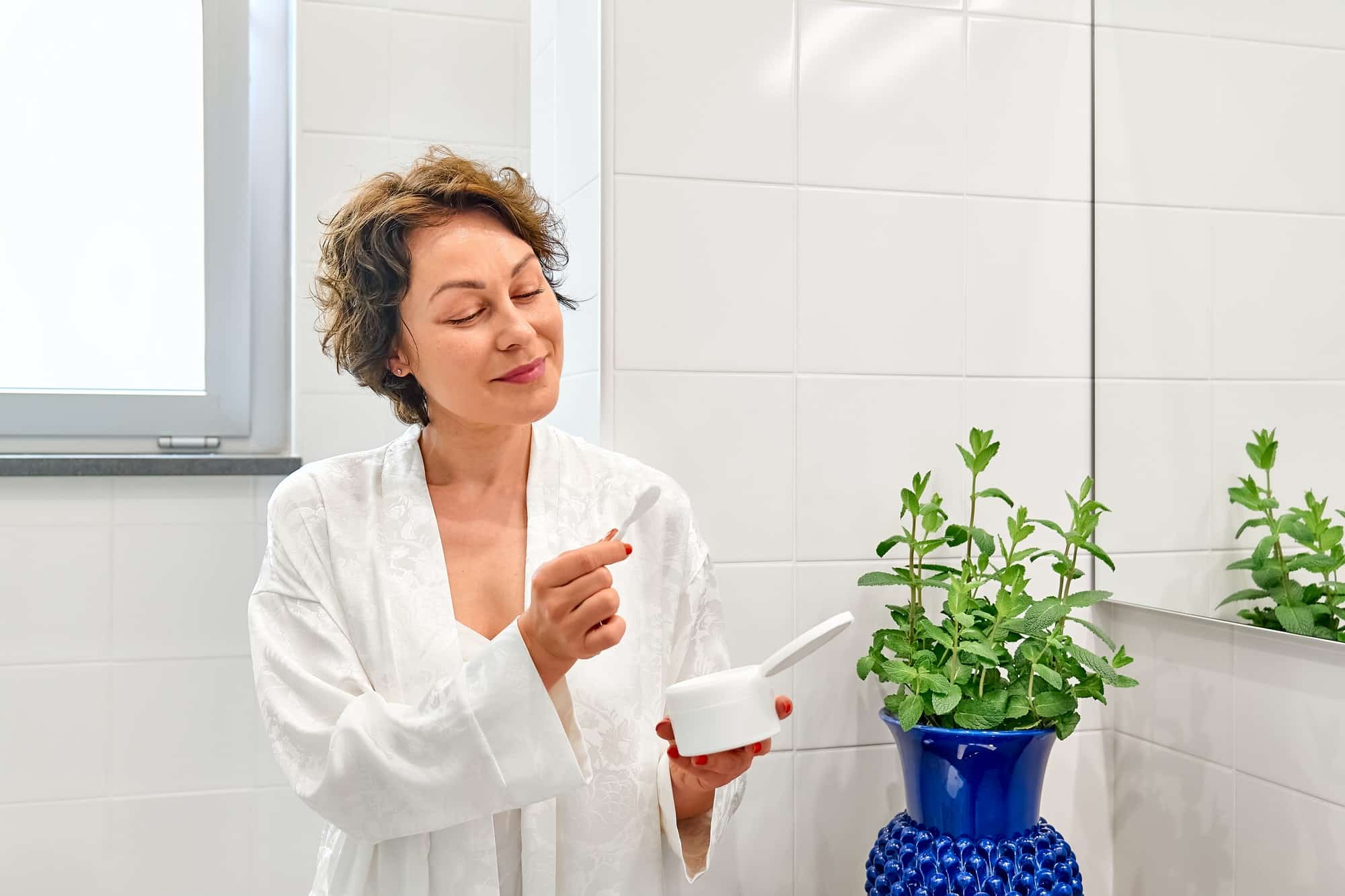What’s the Best Way to Ensure Proper Hydration for Reptiles in Captivity?

Reptiles can be excellent pets, offering a unique blend of beauty, intrigue, and a low-maintenance lifestyle. However, caring for these fascinating creatures requires a deep understanding of their needs, especially when it comes to hydration. By providing the right amount of water and maintaining proper humidity inside their enclosures, you can ensure your reptilian friend stays healthy and content. This article provides detailed information on how to guarantee adequate hydration for captive reptiles, focusing on different species, diet, and the role of vitamins.
Understanding the Importance of Hydration for Reptiles
Before diving into specific hydration techniques, it’s essential to comprehend the importance of water for these animals. Every organism requires water to survive, and reptiles are no different. Whether it’s a bearded dragon, a chameleon, or a snake, they each have their unique hydration needs.
Cela peut vous intéresser : What Are the Best Practices for Acclimating a Pet to a New Baby in the Family?
Reptiles derive most of their hydration from their diet and the environment they live in. High levels of humidity in their enclosures can contribute significantly to their hydration. However, some species require more water than others. For instance, amphibious reptiles like turtles need an environment with plenty of water, while desert dwellers, like the bearded dragon, thrive in drier climates.
Excessive dehydration can lead to health complications. It can hinder their ability to absorb vitamins and calcium, leading to weak bones and an overall decline in health. Therefore, ensuring your pet remains adequately hydrated is vital.
A lire aussi : How to Design a Pet-Friendly Vehicle Setup for Long Road Trips?
Meeting Species-Specific Hydration Needs
Reptiles are not a uniform group. Different species have varied needs in terms of hydration. Understanding the specific requirements of your pet will help you to provide better care.
For instance, chameleons are particular about their hydration. They prefer not to drink from standing water sources, such as bowls. Instead, they prefer to drink water droplets from leaves, mimicking rain. Therefore, misting their enclosure with water is an excellent method to provide the hydration they need.
On the other hand, bearded dragons originate from the arid regions of Australia and are adapted to survive with minimal water. A shallow water dish in their enclosure and providing them with a diet rich in high-water content vegetables can suffice their hydration needs.
Understanding the specific hydration requirements of your reptile is key to maintaining their health and happiness.
Role of Diet in Reptile Hydration
The diet of your reptile plays a significant role in their hydration. Many reptiles, especially herbivores and omnivores, can extract a significant amount of water from their food.
In the wild, reptiles consume a diet rich in fresh fruits, vegetables, and insects, all of which contain a high percentage of water. In captivity, it is essential to replicate this dietary habit as closely as possible. Foods like cucumbers, melon, and leafy greens are perfect for this purpose. They are water-rich and provide your pet with the necessary hydration and nutrients.
However, remember to balance their diet with an appropriate amount of proteins, vitamins, and calcium to ensure they’re receiving a well-rounded nutrition.
Importance of UVB Lighting in Reptile Hydration
UVB lighting plays a crucial role in the health and well-being of reptiles. It aids in the synthesis of vitamin D3, which is essential for the absorption of calcium and the hydration process.
Without adequate UVB light, reptiles may suffer from metabolic bone disease due to poor calcium absorption. This could lead to severe health complications, potentially even resulting in the death of the animal.
For reptiles, basking under the UVB light can be as refreshing as drinking a glass of water. Therefore, providing the right UVB lighting is just as crucial for hydration as providing water.
Maintaining Humidity Inside Reptile Enclosures
Another vital aspect of ensuring proper hydration for your pet reptile is maintaining the right humidity levels inside their enclosure. The correct humidity varies based on the species of the reptile. For instance, tropical reptiles might require high humidity levels of up to 80%. At the same time, arid species may thrive in a much drier environment.
An enclosure that is too dry can result in dehydration, while an excessively humid enclosure could lead to respiratory issues or fungal infections. Therefore, keep a close eye on the humidity levels, adjusting them as required to suit your specific reptile species.
To conclude, hydration is a multi-faceted concept when it comes to reptile care. From the water they drink and the food they eat to the humidity in their environment and the UVB light they bask under, multiple factors contribute to keeping your pet reptile adequately hydrated. By understanding and catering to these needs, you can ensure your scaly friend thrives in their captive environment.
Navigating Vitamin Deficiencies in Reptiles
Understanding the dietary needs of your reptile extends beyond mere hydration. Vitamins and minerals are other essential components that can hugely impact the health status of your reptile. The absence or lack of certain vitamins and minerals in your pet’s diet can lead to vitamin deficiency, creating a host of health issues.
For example, bearded dragons require a well-balanced diet rich in calcium and vitamin D3 to prevent the development of metabolic bone disease. This condition, prevalent among captive reptiles, can cause significant pain and deformities in your pet, and in severe cases, it can lead to death. Providing a diet rich in calcium and ensuring adequate exposure to ultraviolet light can help prevent this disease.
Moreover, a crested gecko needs a well-rounded diet, including fruits, insects, and commercial crested gecko food, to meet its nutritional requirements. Their diet should contain a balance of calcium, vitamins, and minerals to maintain their overall health.
Hydrating your reptile with tap water can also contribute to their vitamin and mineral intake if your tap water is hard (i.e., contains high mineral content). However, it’s crucial to note that not all reptiles will drink from standing water sources. Depending on the species, they may prefer to hydrate through their diet or the humidity in their environment.
Implementing Proper Enclosure Conditions for Reptile Hydration
A reptile’s enclosure is its entire world in captivity. Therefore, reptile keepers must ensure that this environment mirrors their natural habitat as closely as possible, especially concerning temperature and humidity.
The enclosure’s conditions, including temperature, humidity, and lighting, can significantly impact a reptile’s ability to stay hydrated. For example, high humidity can help ensure proper hydration for reptiles like the crested gecko that are native to tropical regions. Conversely, the bearded dragon prefers a drier environment, reflecting its origin in Australia’s arid regions.
Maintaining the appropriate temperature inside a reptile enclosure is just as crucial as controlling humidity. Reptiles are ectothermic, meaning they rely on their environment to regulate their body temperature. An enclosure that is too hot can cause dehydration, while one that is too cold could lead to a slower metabolism and various health issues.
Lastly, don’t underestimate the power of ultraviolet light in an enclosure. UVB light aids in the synthesis of vitamin D3, which helps reptiles absorb calcium and stay hydrated.
Conclusion
Keeping a reptile in captivity is a rewarding experience that comes with a unique set of challenges. Among those challenges is ensuring that your pet stays properly hydrated. As this article has shown, proper hydration goes beyond merely providing water. It involves understanding and meeting the specific hydration requirements reptiles have, which can vary greatly between species. This may include tailoring their diet, adjusting the conditions inside their enclosure, preventing vitamin deficiencies, and offering appropriate UVB lighting.
By taking these steps and keeping a close eye on your pet’s health and behavior, you can create an environment where your reptile doesn’t just survive, but thrives. Engaging in this process can also enhance your understanding and appreciation of these remarkable creatures, making your experience as a reptile keeper even more rewarding.
